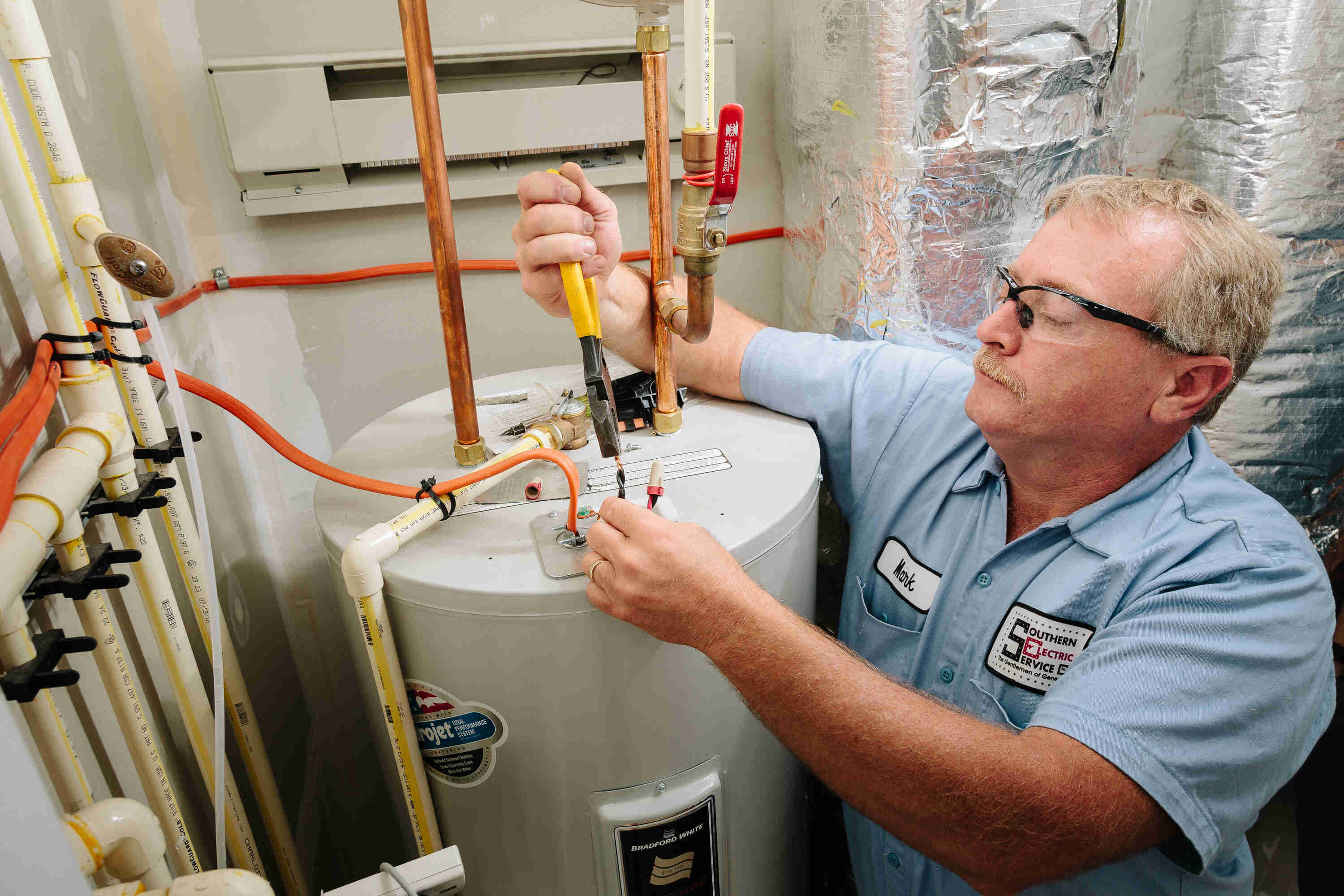Do you find yourself looking for critical information about Tips For Maintaining Your Hot Water Heater?

Hot water is important for everyday comfort, whether it's for a revitalizing shower or cleaning meals. To guarantee your hot water system runs efficiently and lasts much longer, normal upkeep is crucial. This short article offers useful tips and understandings on just how to preserve your home's hot water system to stay clear of interruptions and costly repairs.
Intro
Preserving your home's warm water system may seem daunting, yet with a couple of basic steps, you can guarantee it operates efficiently for years to find. This overview covers everything from comprehending your hot water system to do it yourself upkeep suggestions and recognizing when to call in expert aid.
Relevance of Maintaining Your Hot Water System
Normal upkeep not only prolongs the life-span of your warm water system yet also guarantees it runs efficiently. Overlooking upkeep can lead to reduced effectiveness, greater power expenses, and even premature failing of the system.
Indicators Your Warm Water System Demands Upkeep
Understanding when your hot water system needs attention can prevent major issues. Look out for signs such as irregular water temperature level, weird noises from the heater, or corroded water.
Understanding Your Hot Water System
Before diving right into upkeep tasks, it's handy to understand the standard elements of your warm water system. Normally, this includes the hot water heater itself, pipes, anode poles, and temperature controls.
Regular Monthly Upkeep Tasks
Regular month-to-month checks can help capture minor problems prior to they rise.
Flushing the Water Heater
Purging your hot water heater removes sediment accumulation, boosting effectiveness and lengthening its life.
Checking and Replacing Anode Rods
Anode poles avoid deterioration inside the storage tank. Inspecting and replacing them when worn is critical.
Inspecting and Adjusting Temperature Settings
Adjusting the temperature setups ensures optimal performance and security.
DIY Tips for Maintenance
You can do numerous upkeep jobs on your own to maintain your warm water system in leading problem.
Looking for Leakages
Regularly evaluate pipelines and links for leakages, as these can bring about water damages and greater costs.
Examining Pressure Relief Valves
Checking the pressure relief valve guarantees it works properly and stops extreme stress accumulation.
Insulating Pipes
Shielding warm water pipelines decreases heat loss and can save energy.
When to Call a Specialist
While do it yourself upkeep is helpful, some issues call for professional experience.
Complex Problems Requiring Specialist Assistance
Examples include significant leaks, electrical troubles, or if your water heater is continually underperforming.
Routine Specialist Maintenance Conveniences
Specialist upkeep can include thorough examinations, tune-ups, and making sure compliance with safety and security requirements.
Conclusion
Normal maintenance of your home's hot water system is necessary for effectiveness, longevity, and price financial savings. By complying with these tips and recognizing when to seek specialist assistance, you can ensure a trustworthy supply of hot water without unanticipated interruptions.
How to Maintain an Instant Hot Water Heater
Before tinkering with your hot water heater, make sure that it’s not powered on. You also have to turn off the main circuit breaker and shut off the main gas line to prevent accidents. Also turn off the water valves connected to your unit to prevent water from flowing into and out of the appliance. 2. When you’re done, you have to detach the purge valves’ caps. These look like the letter “T” and are situated on either side of the water valves. Doing so will release any pressure that has accumulated inside the valves while at the same time avoid hot water from shooting out and burning your skin. 3. When the purge valves’ caps are removed, you have to connect your hosing lines to the valves. Your unit should have come with three hoses but if it didn’t, you can purchase these things from any hardware or home repair shops. You can also get them from retail stores that sell water heating systems. Read the user’s manual and follow it to complete this task properly. When the hosing lines are connected, open the purge port’s valves. 4. You should never use harsh chemical cleaners or solutions when cleaning your unit. Make use of white vinegar instead. It should be undiluted and you’ll probably use about 2 gallons. 5. Now flush your water heater. This task should probably take about 40 minutes. We can’t give you specific directions for this because the procedure is carried out depending on the type, model and brand of your heater. With that being said, refer to the user’s manual. 6. When you’re done draining the unit, you have to turn off the purge port valves again. Remove the hosing lines that you earlier installed on each of the water valves. Put the valve caps (purge port) back in their respective places and be very careful so as not to damage the rubber discs that are found inside these caps. 7. Now that everything’s back in place, check your user’s manual again to find out how to reactivate your water heating system. 8. Once it is working, turn one of your hot water faucets on just to let air pass through the heater’s water supply pipes. Leave the tap on until water flows smoothly out of it. https://www.orrplumbing.com/blog/2014/september/how-to-maintain-an-instant-hot-water-heater/

We are very focused on What Kind of Maintenance Do Water Heaters Need? and I really hope you enjoyed reading the new blog entry. Sharing is nice. Helping people is fun. Many thanks for your time spent reading it.
Schedule Service